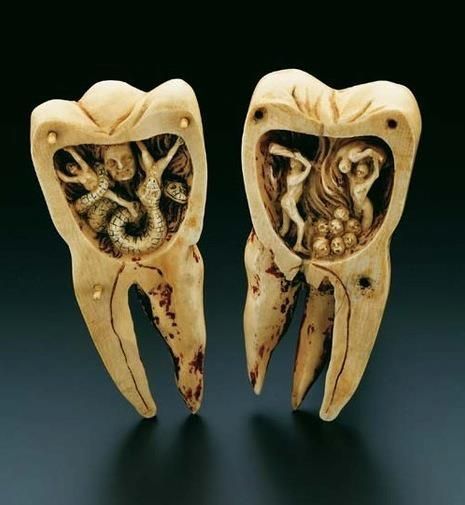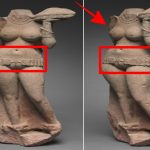The Tooth Worm: Ancient Legends and 18th-Century Descriptions of Dental Diseases

In the annals of medical history, few beliefs have been as enduring and terrifying as the notion of the tooth worm. During the 18th century, this belief reached its zenith, with the tooth worm being depicted as a demonic creature sent from hell to torment mankind. This depiction of the tooth worm as hell’s demon reflects the pervasive fear and superstition surrounding dental health in the past, as well as the desperate attempts to understand and alleviate the pain of toothaches.
The concept of the tooth worm dates back to ancient civilizations, with references found in Egyptian, Greek, and Roman texts. According to this belief, toothaches were caused by tiny worms that burrowed into the teeth, gnawing away at the enamel and causing excruciating pain. The tooth worm was believed to be a malevolent creature, capable of inflicting suffering and misery upon its victims.

During the 18th century, as scientific understanding of dental health remained rudimentary at best, the belief in the tooth worm persisted. It was during this time that the tooth worm took on a more sinister and supernatural guise, with artists and writers depicting it as a demonic being sent by the forces of hell to plague humanity. In these depictions, the tooth worm is often shown as a grotesque creature with sharp teeth and sinister eyes, lurking in the darkness of the mouth, ready to strike at any moment.
The fear of the tooth worm was not unfounded. Toothaches were a common ailment in the past, often resulting from poor dental hygiene, diet, and infection. Without access to modern dental care, sufferers were left to endure agonizing pain and discomfort, leading to a widespread belief in the supernatural origins of toothaches.

Toothaches were not only a physical affliction but also a source of psychological torment. The constant pain and discomfort caused by toothaches could have a profound impact on a person’s quality of life, affecting their ability to eat, sleep, and work. In this context, it is perhaps unsurprising that the tooth worm came to be viewed as a demonic force, capable of inflicting untold suffering upon its victims.
Despite the passage of time and advances in medical science, the belief in the tooth worm persisted well into the modern era. It was not until the 19th century that scientists began to understand the true causes of toothaches, including dental decay, infection, and inflammation. With the development of modern dentistry, the belief in the tooth worm gradually faded into obscurity, consigned to the realm of myth and legend.
Today, the tooth worm serves as a curious footnote in the history of medicine, a reminder of humanity’s enduring quest to understand and conquer the mysteries of the human body. While the belief in the tooth worm may seem quaint and antiquated to modern eyes, it is a testament to the power of superstition and the human imagination to shape our perceptions of the world around us.











